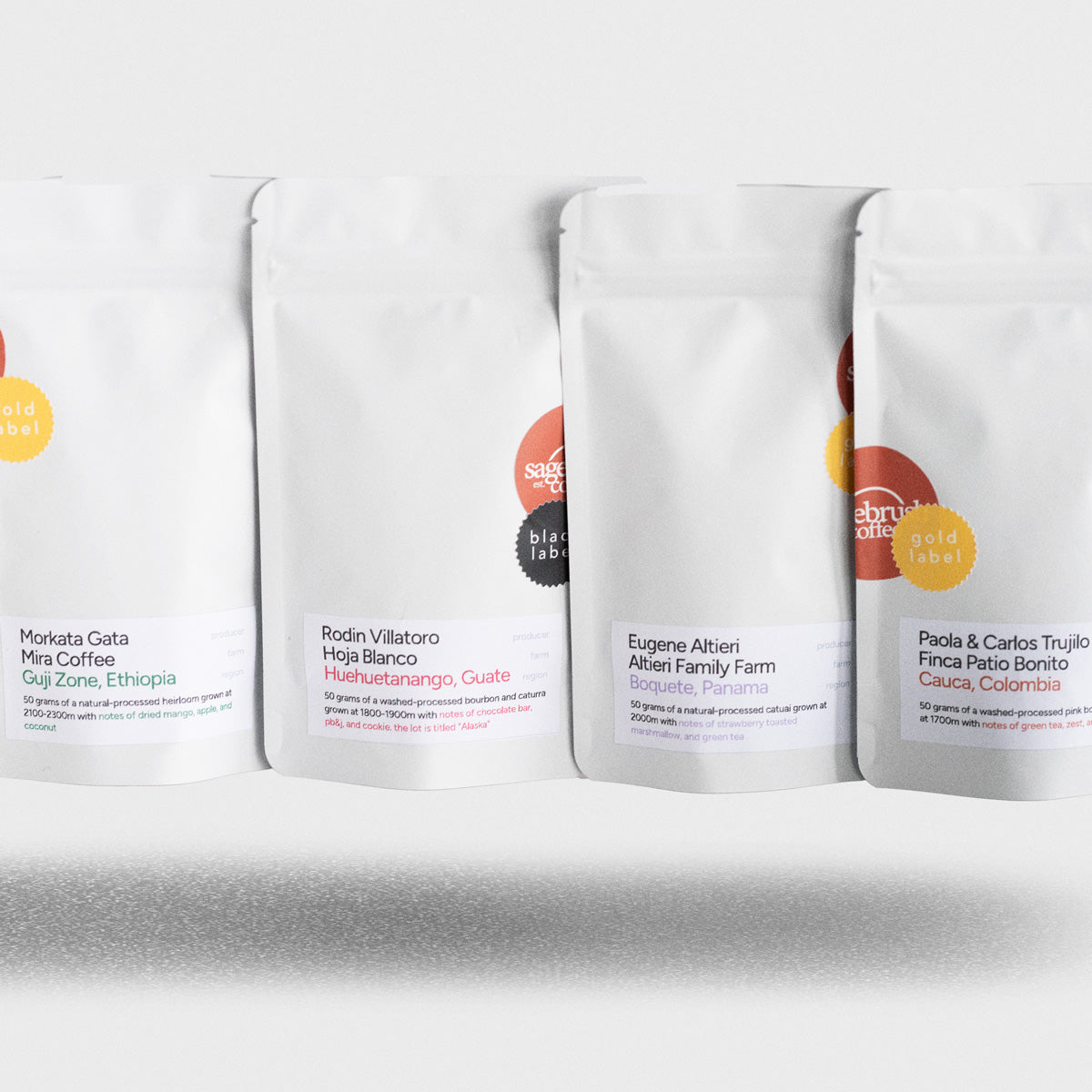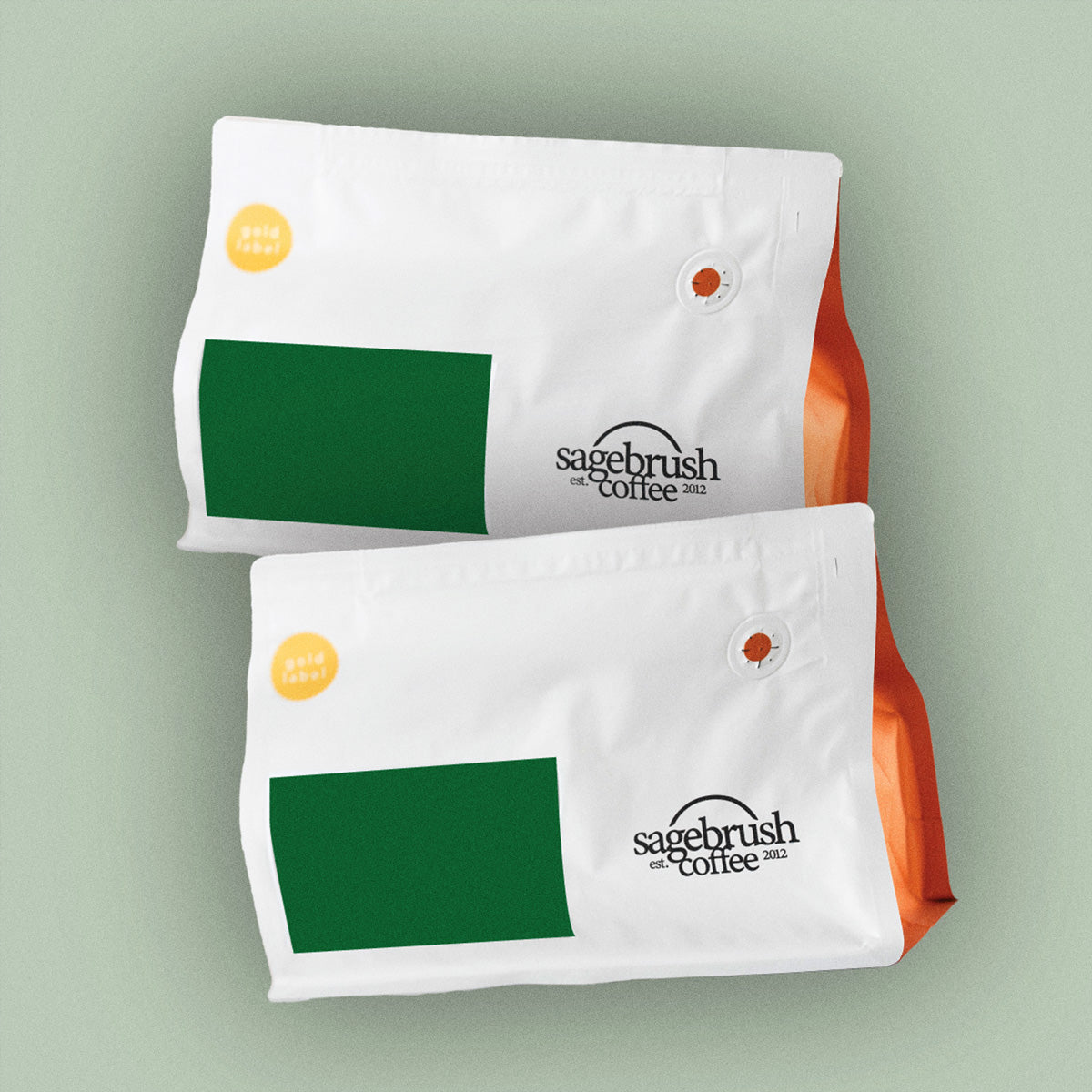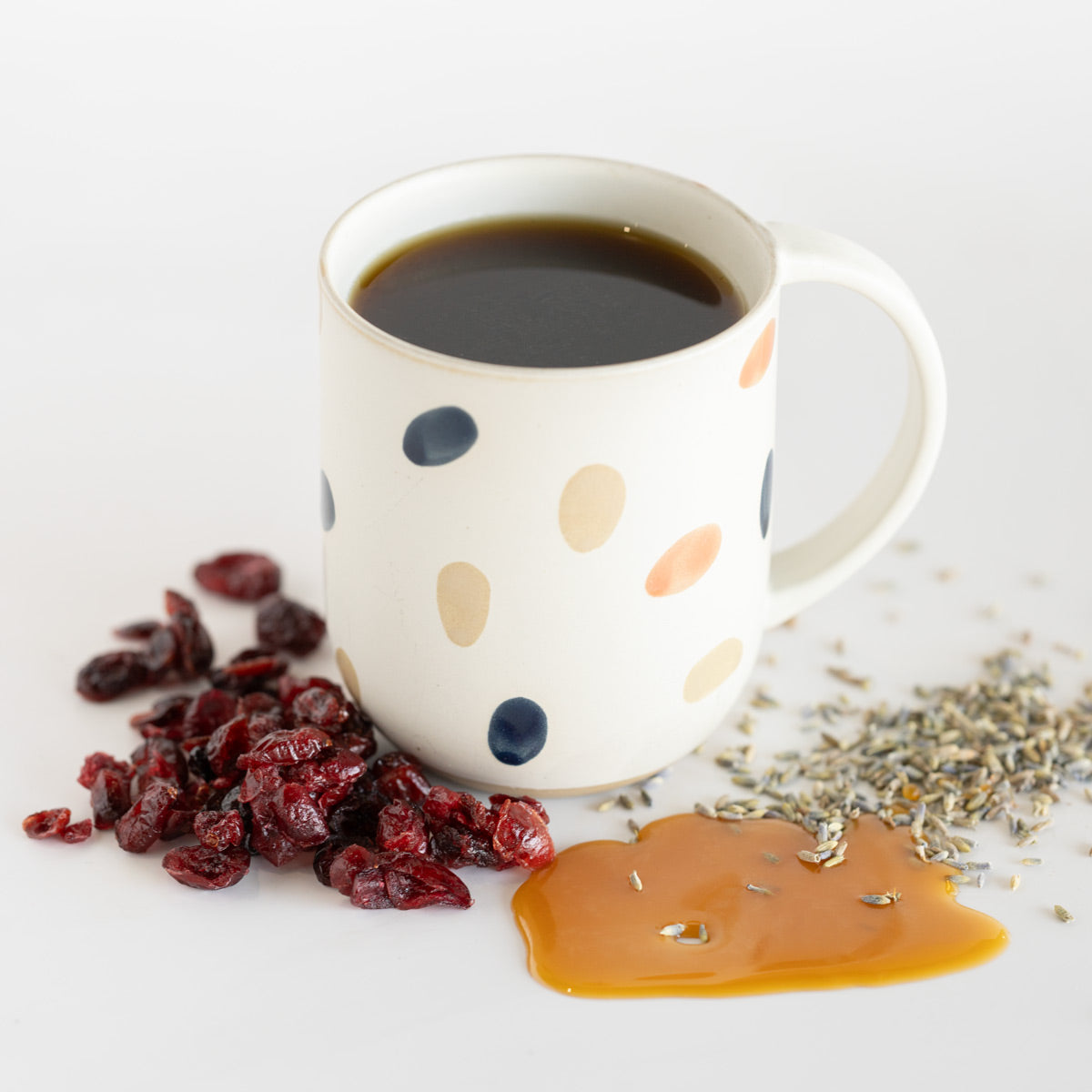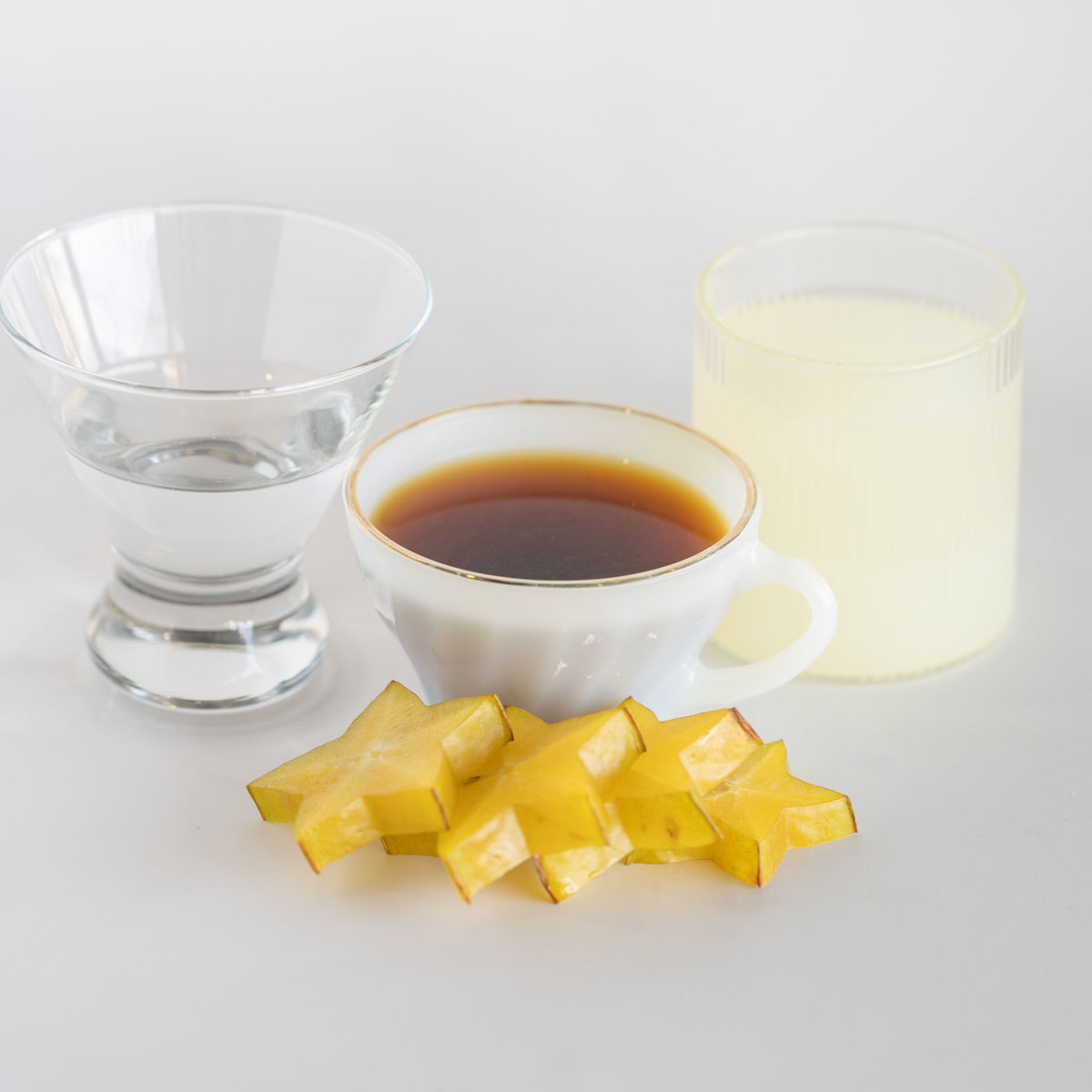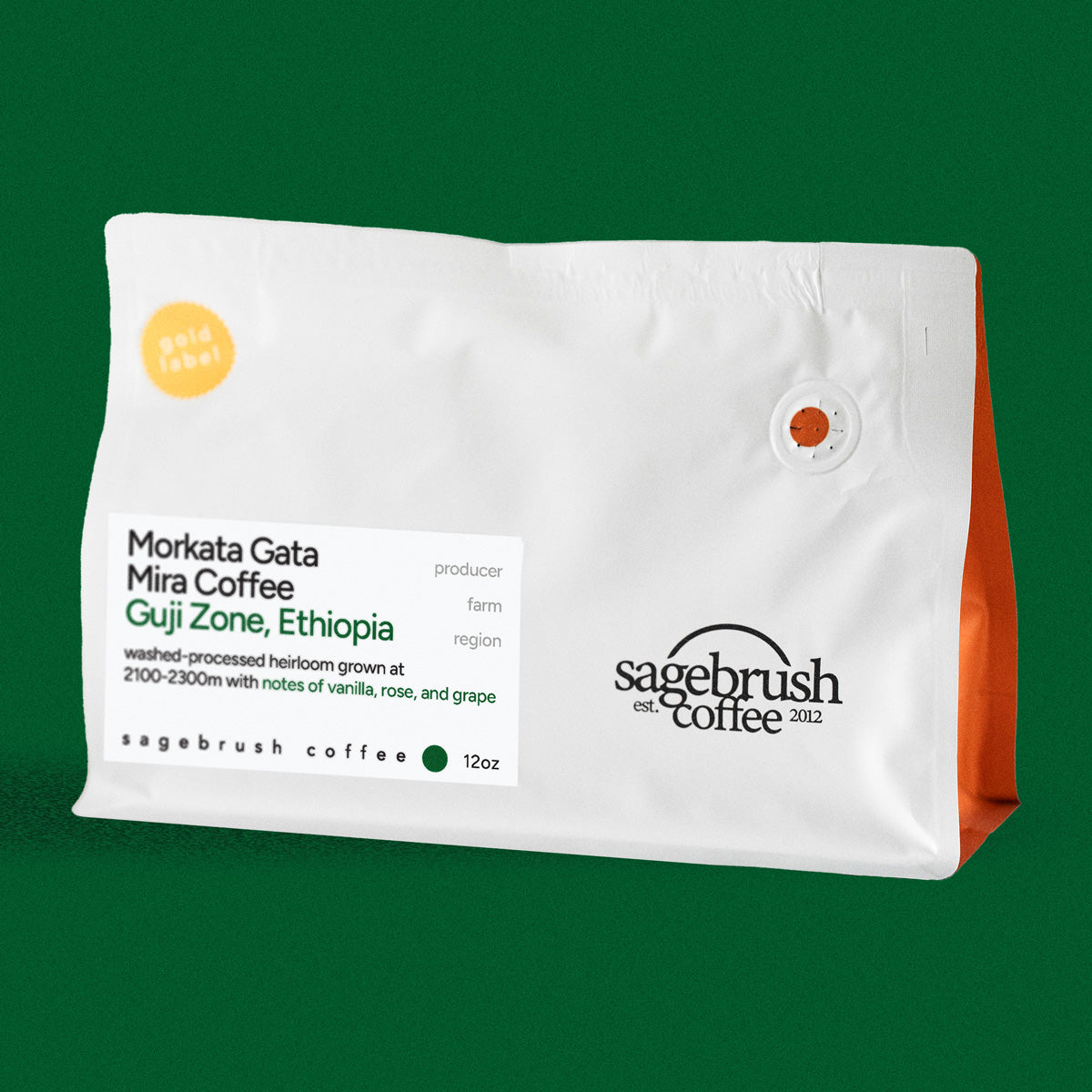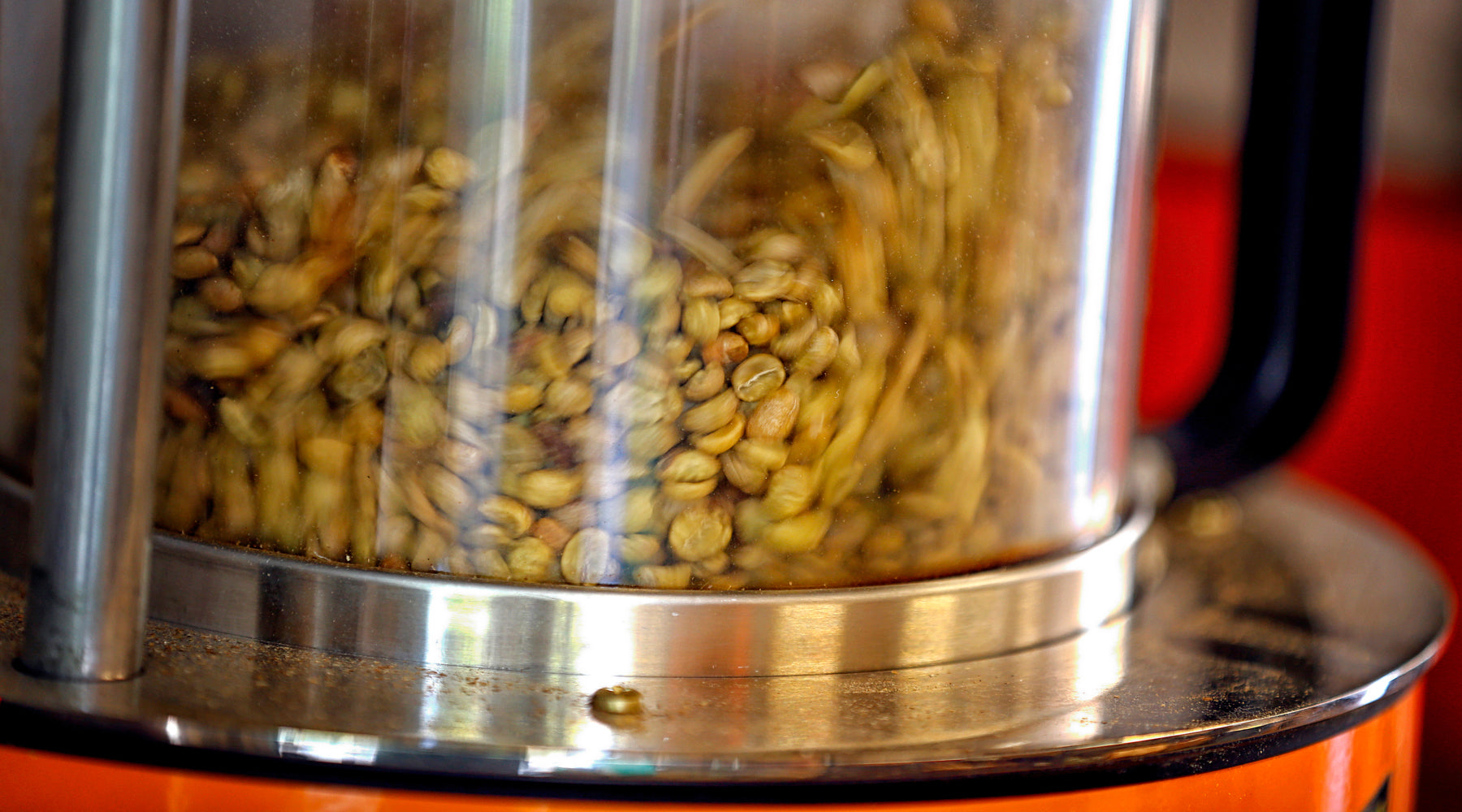Coffee Roasting Overview •
Read our coffee roasting articleCoffee Roasting Guide: The Myth of Roast Level (And What Actually Matters)
One of our biggest pet peeves in the coffee industry is roast level.
Whoever invented the term needs to be politely fired from anything related to coffee. The reality is two coffees can be the exact same color and taste completely different.
There’s this idea out there that “roast levels” are a straightforward scale, a standardized system of measurement, with light on one end and dark on the other; where flavors correspond to roast level. But this approach ignores most of the variables involved in the roasting process.
Each bean variety, origin, and batch can react uniquely to heat, creating a spectrum of flavors that defy a simple label. Judging coffee by color alone creates inconsistency and confusion.
The Inconsistency of Color
For one, not all beans react to heat the same way during the roasting process.
For example, we’ve had coffees roasted to a Full City (medium roast) level come out juicy and acidic–something that someone looking for a darker roast would not like. On the other hand, we’ve had beans roasted very quickly turn dark in color without tasting “dark” at all.
Not only that, there is inconsistency in how each roaster can get to those “roast level” colors.
Even how you reach a certain roast color changes everything. I can roast the same beans to a City+ (medium-dark) color in two ways: fast in 8 minutes or slow in 13 minutes—and they’ll taste nothing alike.
The fast one will be bright and sharp, with a tea-like body and simple fruit notes jumping out. The slow one will be heavy and syrupy, with complex layers of flavor and muted acidity.
Same. Exact. Color. A huge difference in taste.
Even across the industry, “light” and “dark” labels vary wildly. A light roast you grab from the shelf of your local grocery store will likely look and taste darker than a light roast from a specialty coffee roaster.
Simply put, roast level cannot be how we define coffee beans.
If not roast level, then how should we classify coffee? By how it actually tastes!
Highlighting Flavor and Origin
When people ask for a particular roast of coffee, it usually means they’re looking for a specific blend of flavors. Bold and dark. Bright and fruity. Floral and delicate.
They care more about what their coffee tastes like than the color of their beans.
We couldn’t agree more!
That’s why at Sagebrush we’ve done away with roast levels, instead letting customers choose their coffee by the flavors they love to sip on.
We roast each coffee several different ways to discover the best flavor profile for that bean. Then we cup it for quality and classify it by how it tastes–not how it looks.
Something you won’t find here, however, is the equivalent of a “dark” roast.
Because we focus on high-end coffees, we don’t need to mask their flaws by roasting them super dark.
Additionally, our mission is to put on display the hard work of coffee producers and this happens best through lighter roasts. Like a fine wine, origin characteristics shine in lighter roasts when they’re not overwhelmed by the flavors imparted by the roasting process.
An added bonus to defining coffees this way is that it frees customers to explore the depth and richness of each coffee without the preconceived notions that a label brings.
Whether you’re a home roaster or just a coffee drinker, we’d encourage you to step out of the box of roast levels into the dazzling world of flavor profiles. You’ll not only find something you love–you’ll discover a whole new way to appreciate coffee.
Shop Our Coffees
Taste of Ethiopia • Combo 2 Pack
Eugene Altieri • Washed-Processed Gesha
Morkata Gata • Washed-Processed Guji Heirloom


